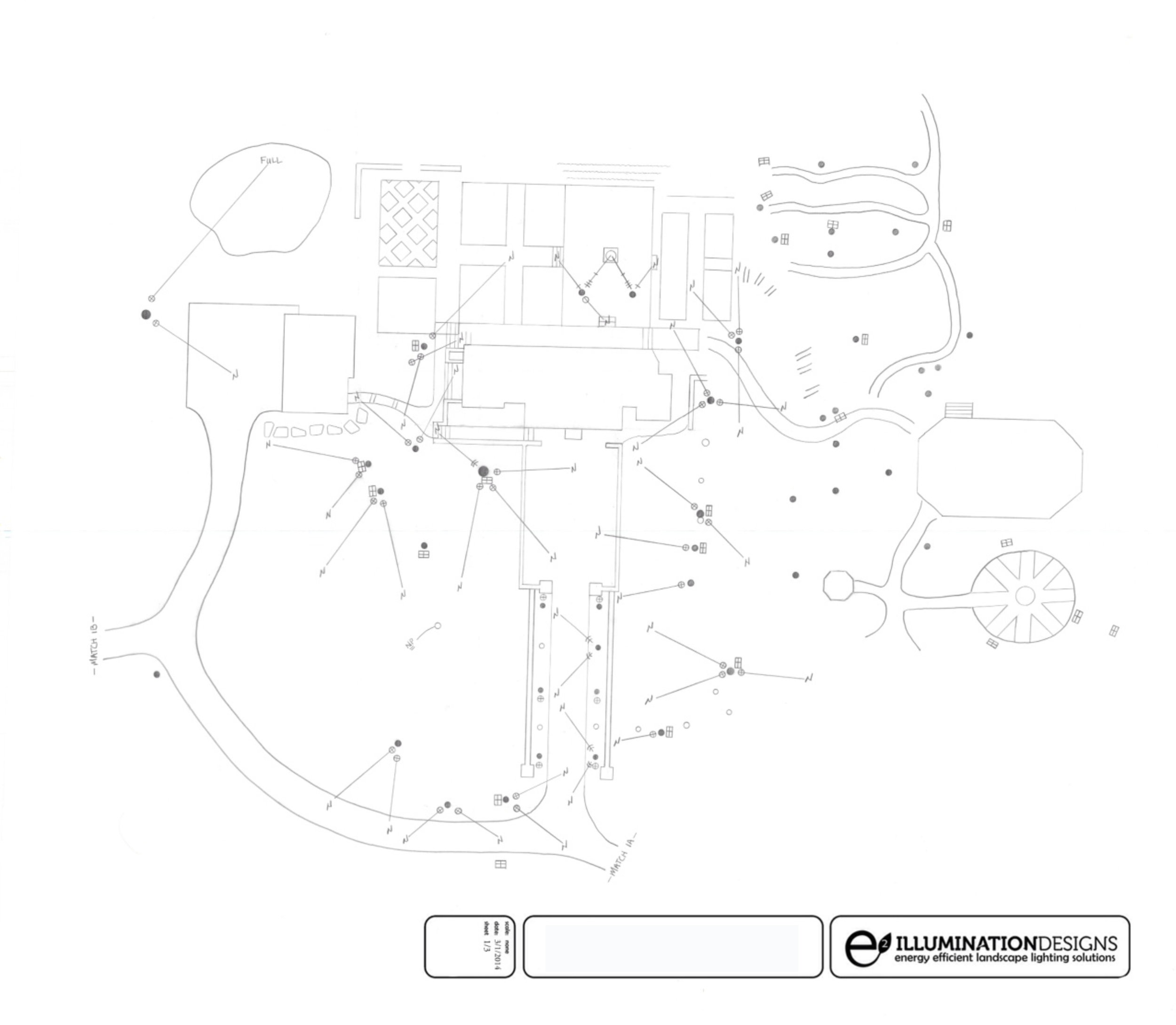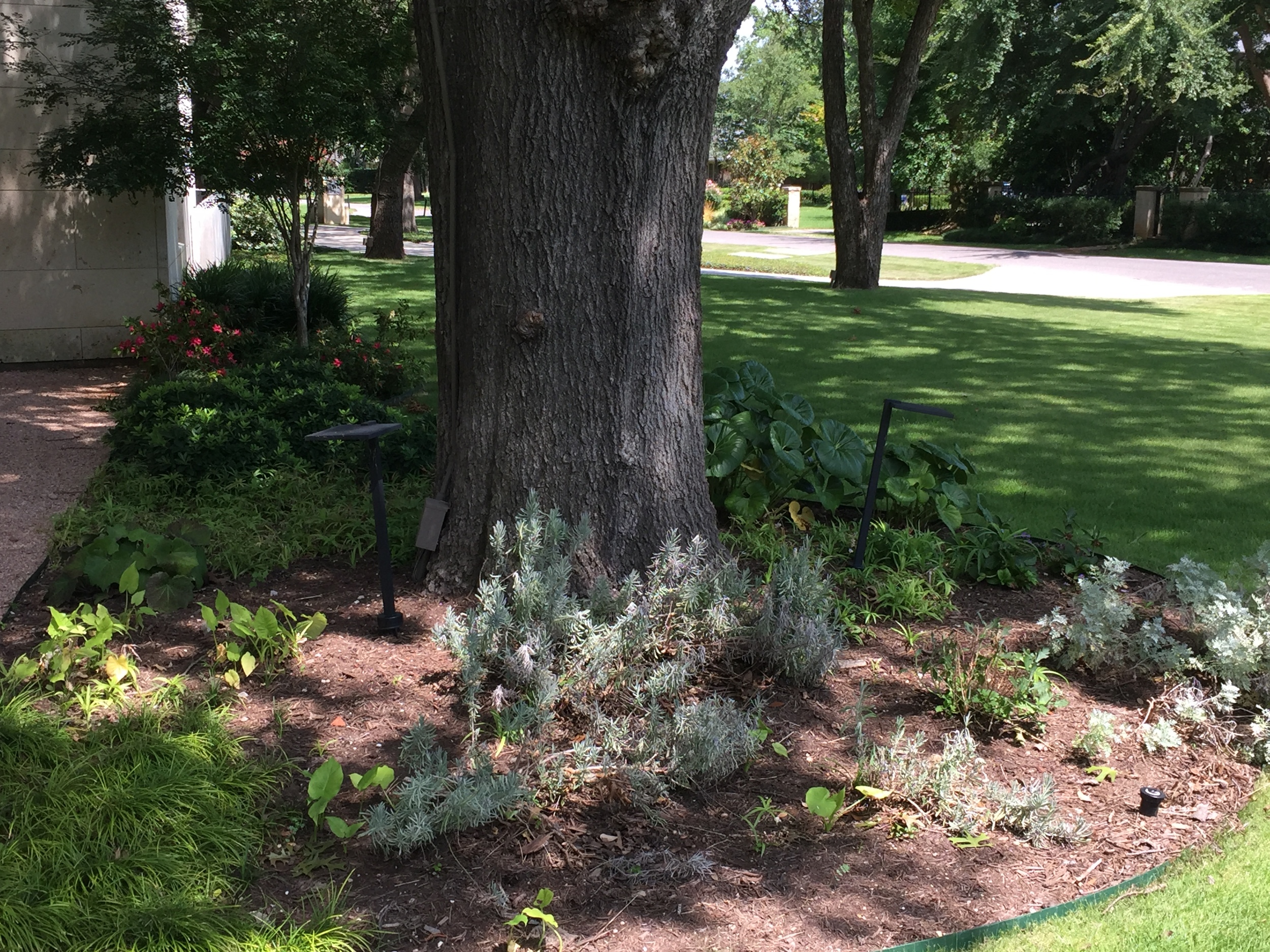"I have a bulb not working in my landscape lighting. How much would it cost for you to come and change it for me?" This is a typical statement and question I receive weekly from random customers so I thought this would be a good topic for the start of this years blog posts.
First off, just because the light isn't working, don't automatically assume it's the bulb or I'd prefer to use the term "lamp". There are many reasons your outdoor lighting unit doesn't work. The checklist we use to determine what's wrong with the unit in question goes as follows.
- Is there power to the base of the tree. No explanation should be necessary as to why this would be first.:)
- Is there power going through the wire specifically for the unit.
- If there is a transformer or junction box in the tree, check to see if the ballast and capacitor are working properly and all connections are tight.
- Look at the wire to the unit and see if critters have taken a bite or if the wire has begun to be engulfed by tree growth over the years.
- Check the socket at the fixture for power.
- You should now have all the information to determine if it is a bad lamp, wire, transformer, capacitor, or power...not just as simple as changing a light bulb now is it.
I always have a difficult time giving a bid for someones maintenance on their landscape lighting system because I want to do the job right...not just do the job. The problem is where you are in a bidding situation and the competition would rather "nickel and dime" someone until the customer ends up paying what you quoted them in the beginning.
When you request an estimate for your landscape lighting, you should expect to have someone come out and look at the following issues for your system.
- Lights that are working, not working, or dim.
- Adjustments to the lights and shields to achieve the desired effect. Trees grow and over time the lighting unit will be shining in a different direction than when it was originally installed. Also, the fixture can be hit out of placement during storms by other branches.
- Tree growth at the fixtures and wires. As the tree matures, growth will start to envelop the fixture base and staples for the wires. Fixtures need to be "backed off" the tree and wire needs to be restapled every several years depending on the trees rate of growth.
- Fixtures on the ground need to have the lens cleaned from dirt and bug debris.
- Risors and junction boxes at the base of the tree also need to be reattached due to tree growth. I also recommend a fresh coat of paint to keep them looking new since they're the most visual aspect of your lighting system during the day.
- Are timers set to the proper times and photocells working properly.
- And finally, do you need to prune anything to eliminate "hot spots" or to allow more light to filter through.
Properly maintaining your landscape lighting system should provide you with years of enjoying your nighttime ambiance. If we can assist you with your outdoor lighting, please contact us with your questions or call us to set up an appointment at your convenience.







